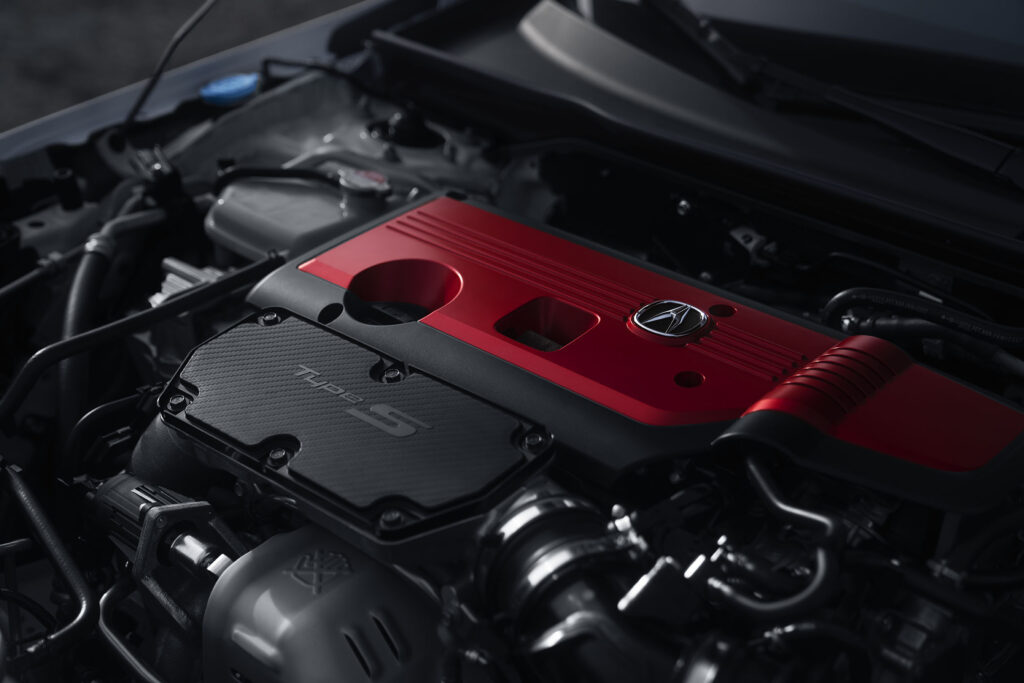- The Huracan has been overhauled to compete in a class dominated by Hondas and Toyotas.
- The modified Honda K20C engine in the Lamborghini produces 350 hp and 369 lb-ft of torque.
- The team hopes the reliable Honda engine will outperform the original V10 in a 25-hour race.
A racing team in Thailand has built what could be the world’s first Honda-powered Lamborghini, and it’s being prepped to compete in a 25-hour endurance race next year. While the idea of ditching an Italian V10 engine for a small-capacity mill with VTEC sounds like blasphemy, the team has a good reason for making the change.
As per local regulations, it would not have been able to compete in the endurance race in standard Huracan Super Trofeo Evo guise, complete with a naturally-aspirated V10 powerplant. So, PSC Motorsport has replaced the Lambo’s engine with the same 2.0-liter turbocharged K20C four-cylinder you’ll find in an FK8 Honda Civic Type R.
Watch: Lambo Huracan Crashes And Burns While Joyriding With Porsches And Ferraris In NY
As we learn from Edd Ellison’s channel on YouTube, the engine is mostly stock but has received a new air intake and is equipped with a top-mount intercooler fed cool air from the huge roof scoop. Impressively, the team has been able to design a custom mount that allows the four-cylinder to seamlessly connect with the Super Trofeo Evo’s original six-speed Xtrac sequential transmission. The engine is good for around 350 hp and 369 lb-ft (500 Nm) of torque at the rear wheels. It also has a slightly larger turbocharger than a regular FK8.

Obviously, the car isn’t as powerful as a standard Huracan race car, but it benefits from custom carbon fiber bodywork with distinctive aerodynamic upgrades that go beyond those of a regular Huracan Super Trofeo Evo race car. Among the key elements include the large rear wing with swan neck mounts, a remarkable carbon fiber diffuser, and a huge front splitter.
There’s no word on how much slower the car is than a regular Huracan race car, but an onboard video shows that it’s still very rapid. The teams probably hopes that it has a better chance of surviving a 25-hour endurance race with a proven and reliable Honda engine rather than the original 5.2-liter mill.



